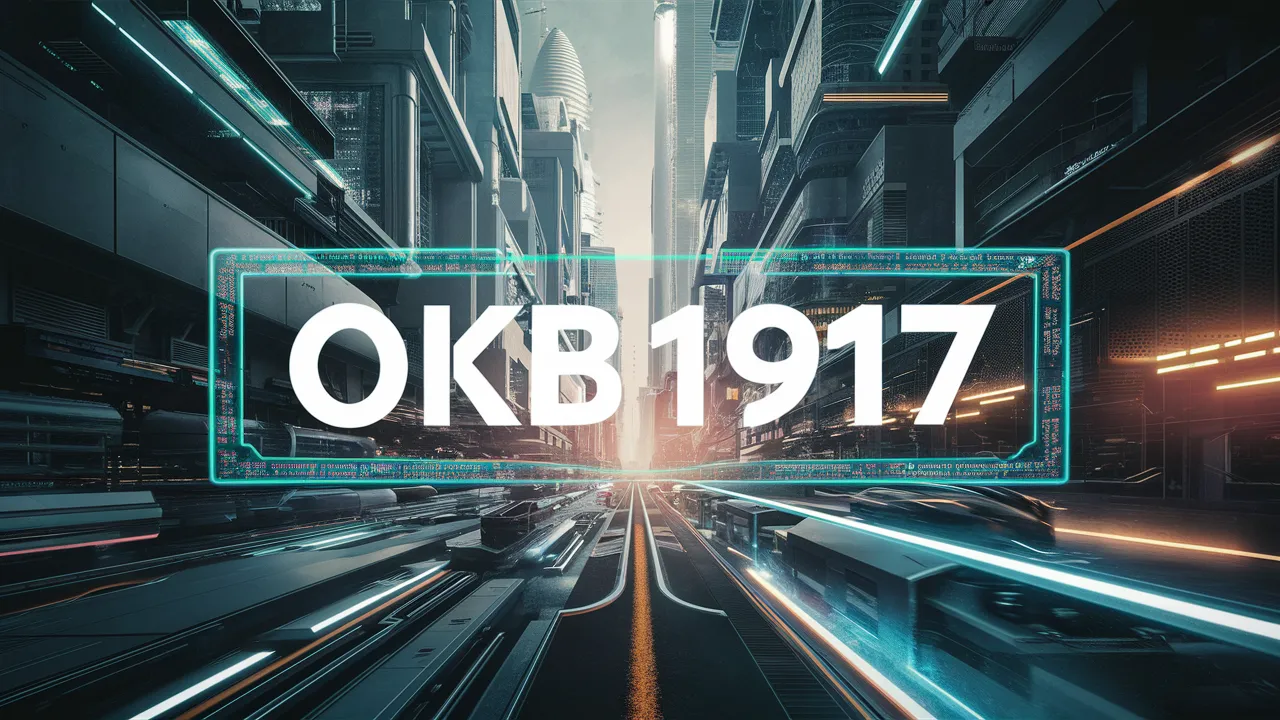Table of Contents
The Soviet Union, also known by its official name, the Union of Soviet Socialist Republics (USSR), was a massive country that existed from 1922 to 1991. It covered a huge area, stretching across much of Eastern Europe and Northern Asia. Imagine a giant puzzle with 15 different pieces – that’s kind of how the Soviet Union was made up of 15 different republics!
This blog post will take you on a journey to explore the Soviet Union, also known by its code name OKB1917. We’ll delve into its history, major events, and how it impacted the world. We’ll use simple language and avoid complicated grown-up words, so everyone can learn about this fascinating period!
Historical Context: The Soviet Union
Formation and Ideology
The Soviet Union, born out of the ashes of the Russian Empire, emerged as a socialist state under the leadership of Vladimir Lenin and the Bolshevik Party. Central to its ideology was the belief in central planning, collective ownership of the means of production, and the pursuit of communism.
Industrialization and Five-Year Plans
Under the leadership of Joseph Stalin, the Soviet Union embarked on a massive program of industrialization aimed at transforming the agrarian nation into an industrial powerhouse. The implementation of the Five-Year Plans accelerated economic growth but also led to widespread social upheaval.
Evolution of OKB1917

Origins and Purpose
OKB1917, short for “Opytno-Konstruktorskoye Byuro 1917” (Experimental Design Bureau 1917), was established in the early years of the Soviet regime. Tasked with developing advanced technologies for both military and civilian purposes, OKB1917 quickly became a focal point for innovation and scientific research.
Key Figures and Innovations
Led by visionary engineers and scientists, OKB1917 produced a plethora of groundbreaking inventions across various fields. From aircraft design to weaponry development, OKB1917 played a pivotal role in shaping the technological landscape of the Soviet Union.
Read also: Mangrove 937
Leaders of the Soviet Union
The Soviet Union had several leaders throughout its history. Here are some of the most important ones:
- Vladimir Lenin: The leader of the revolution and the first head of the Soviet Union. He believed in spreading communism worldwide.
- Joseph Stalin: Lenin’s successor. He was a powerful and controversial leader who industrialized the Soviet Union rapidly but ruled with an iron fist.
- Nikita Khrushchev: Stalin’s successor who introduced some reforms and denounced some of Stalin’s actions.
- Mikhail Gorbachev: The last leader of the Soviet Union. He introduced reforms like glasnost (openness) and perestroika (restructuring) but ultimately couldn’t prevent the country’s collapse.
Impact on Soviet Industry
Military Technology
One of OKB1917’s primary areas of focus was the development of military hardware and weapons systems. Its contributions ranged from fighter aircraft and tanks to ballistic missiles, giving the Soviet military a significant edge during the Cold War era.
Civilian Applications
In addition to its military endeavors, OKB1917 also contributed to civilian industries, fostering innovation in areas such as aerospace, telecommunications, and transportation. Its advancements laid the groundwork for future technological progress and economic growth.
Legacy and Influence
Post-Soviet Era
Following the collapse of the Soviet Union in 1991, OKB1917 underwent a period of transition and adaptation. Many of its facilities were privatized or repurposed, while others continued to operate under new management. Despite these changes, the legacy of OKB1917 endures as a symbol of Soviet engineering excellence.
Global Recognition
Despite its association with the Soviet regime, OKB1917’s achievements have earned it recognition and respect on the international stage. Its contributions to science and technology continue to inspire researchers and innovators worldwide, highlighting the enduring impact of Soviet-era innovation.
Final Words
OKB1917 stands as a testament to the ingenuity and ambition of the Soviet Union. From its humble beginnings in the aftermath of the revolution to its lasting legacy in the annals of history, OKB1917 represents a chapter in the story of human endeavor and achievement.
People also ask
Was OKB1917 only involved in military projects?
While OKB1917 was primarily focused on military technology, it also contributed to civilian industries, including aerospace and telecommunications.
What role did OKB1917 play during the Cold War?
OKB1917 played a crucial role in bolstering the Soviet Union’s military capabilities during the Cold War, developing advanced weapons systems and strategic technologies.
Are there any modern counterparts to OKB1917?
While the Soviet Union no longer exists, many of OKB1917’s successor organizations continue to operate in Russia and other former Soviet states, albeit under different names and structures.
Did OKB1917 collaborate with other countries?
OKB1917 occasionally collaborated with other countries, particularly those within the socialist bloc, on joint research and development projects.
What is the significance of the name “OKB1917”?
The name “OKB1917” refers to the year of the Russian Revolution, symbolizing the bureau’s connection to the revolutionary spirit of the early Soviet era.




